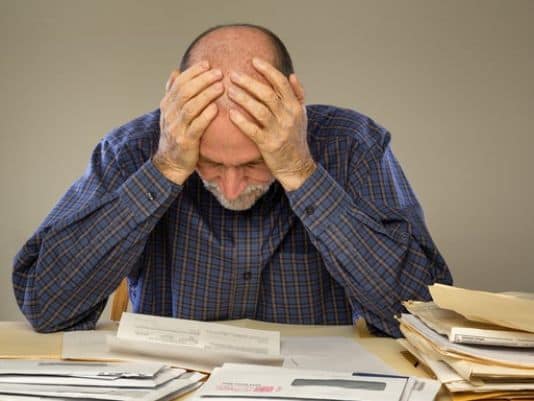
More than 70% of Americans fall short of the often-recommended level of emergency savings, according to a new Bankrate.com report. And many have no emergency savings at all.
According to the report, 23% of Americans have no emergency savings whatsoever, while 22% have less than three months’ worth of expenses saved. 18% have enough to cover between three and five months’ worth of expenses, while 29% have enough to cover six months’ worth of their expenses or more.
To be fair, six months’ worth of expenses can be a lot of money. Here’s a rundown of how much emergency savings experts say you should have, whether you actually need that much, and what you can do if you need to bulk up your emergency fund.
How much is six months’ worth of expenses?
Six months’ worth of expenses may seem like a huge amount of money, and it probably is. The average American household spends about 80% of their income, and most of it is on obligations, not discretionary spending.
When determining how much you need in emergency savings, be sure to consider all of your necessary expenses. This includes, but is certainly not limited to:
- Mortgage or rent payments
- Car loan or lease payments
- Insurances (homeowners, life, auto, etc.)
- Utilities
- Gasoline
- Auto maintenance
- Groceries
- Child care/school expenses
- Other recurring expenses (pest control, alarm system, etc.)
Do you really need six months’ worth of expenses as a cushion?
To be clear, the “six months” rule is a generalization, and the ideal amount for you to have in emergency savings could be significantly less or more. Just to name a few possible scenarios:
- If both you and your spouse work, have relatively stable jobs, and could reasonably cover your living expenses on just one of your salaries, a three-month emergency fund could be completely sufficient.
- On the other hand, if you’re the main source of your house’s income and you have a rather unstable job, six months’ worth of expenses might just be a good starting point.
- If you’re close to retirement and have a reasonably large retirement nest egg or are able to claim Social Security in the event of an unexpected job loss (i.e., you’re at least 62 years old), you may not need quite as much of an emergency fund as the average American. Not surprisingly, Bankrate’s report found that older Americans were the most likely to say they’re comfortable with their level of emergency savings.
Of course, these are just a few of the thousands of possible scenarios, and that’s the point. Like most personal finance concepts, there’s no one-size-fits-all rule for how much money you should ideally have in emergency savings. Having said that, it’s fair to deduce from the survey data that the majority of Americans don’t have enough.
If you’re behind, make a plan to bulk up your emergency fund
Setting aside six months’ worth (or even three months’ worth) of expenses may seem like an impossible task, especially if you’re starting from zero.
For one thing, you don’t need to get there right away. In full disclosure, I’m 36, and my wife and I still don’t quite have a six-month emergency fund (although we’re getting close). However, we’ve been steadily adding to it for years, and in my view, progress is the most important thing.
Any progress you make on your emergency savings can dramatically improve your financial health. For instance, going from $0 in emergency savings to $1,000 puts you in a position to handle many unexpected situations, such as flat tires or vet bills for your pets.
So, the best strategy is to figure out an amount of money that you can reasonably set aside every time you get paid and to set up an automatic transfer to a readily accessible emergency savings account. You may be surprised at how quickly it can build up.